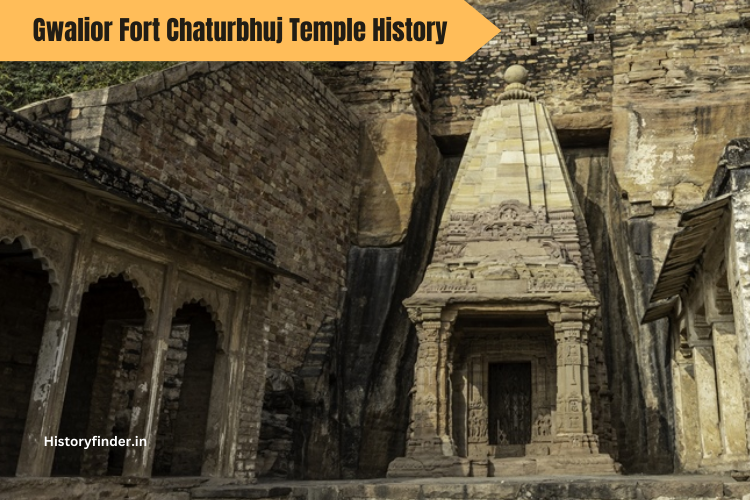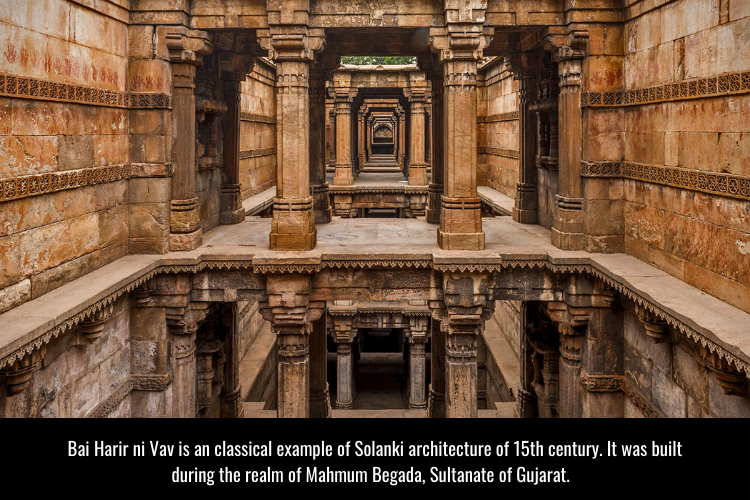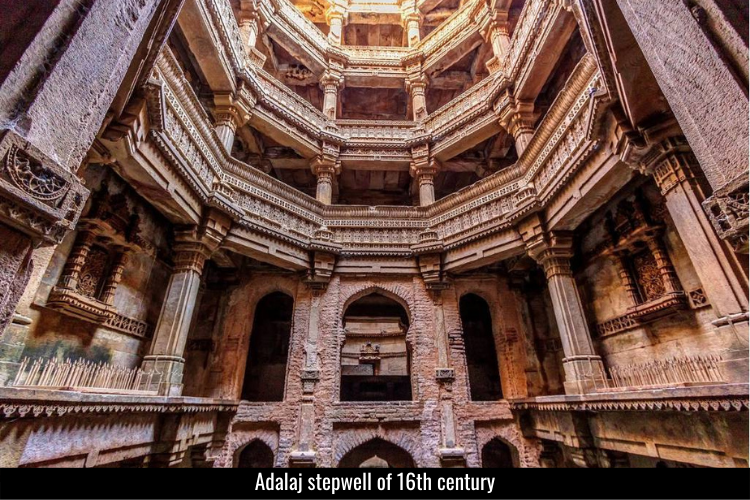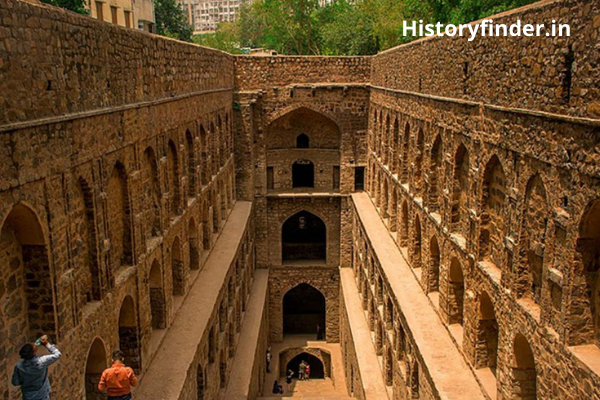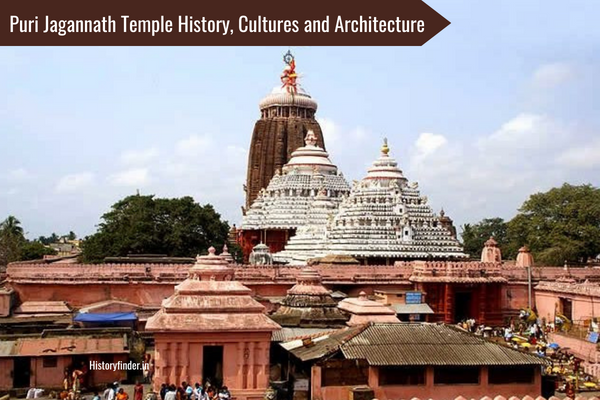Chaturbhuja Temple is a notable Hindu temple inside Gwalior Fort in Madhya Pradesh, India. The medieval age temple sets an astonishing example of Hindu temple art and culture. The entire structure was exquisitely carved from a single stone face. Chaturbhuj Temple is fairly simple in architectural standpoint, but notable for own unique history.
The historical temple appears down below the Hathi Pol of Man Mandir palace, on the eastern side of Gwalior Fort. Obviously, Chaturbhuj temple has the lowest tourist attraction inside the fortress, despite a great historical significance. However, history enthisiasts must visit Chaturbhuj Temple while visiting Gwalior Fort, after reading out this content.
The Chaturbhuja Temple is a testament to the architectural prowess and religious devotion of the Gurjara-Pratihara dynasty. It offers insights into the religious practices and iconography of the period.
Chaturbhuj Temple Deity
The word ‘chaturbhuj’ means four arms, a common epithet of Hindu Lord Vishnu. Temple sanctum sanctorum houses a chaturbhuj Vishnu, sculpted with great detail and artistry. Many other reliefs are also beautifully carved around the main deity. Such an exquisite craftmanship of medieval age is worth visiting once.

Goddesses Ganga and Yamuna are among the other Hindu deities those come across the Chaturbhuj Temple. Their rock-cut sculptures flank the entrance door of temple from either side.
Chaturbhuj Temple History
Chaturbhuj Temple history dates back to the reign of Gurjar-Pratihars. Thanks to the inscription at the temple sanctum, which describes Chaturbhuj Temple was built by Alla in 876 CE. The inscription further describes family history of Alla, as the son of Vaillabhatta. His grandfather, Nagarabhatta, was a nagar brahmin in the nearby region.
The timeline of Chaturbhuja Temple construction points to the reign of notable Gurjara king Mihir Bhoj (836-882 CE). King Mihir Bhoj was a great follower of Vaishnavism who assumed the title of ‘Adivaraha’.
The temple inscription further describes the endowment of land to built the Vishnu temple. It further describes that the community planting a garden of 187 hastas by 270 hastas (1 hasta = 1.5 feet).
Chaturbhuj Temple Art and Architecture
Gwalior Fort Chaturbhuj Temple architecture has several glimpses of a mixed architectural style. The pyramidal temple shikhar replicates 5th century Nagara style. While the columns and other scuptures of Chaturbhuj temple are show casing Gurjara-Pratihara architecture and art.
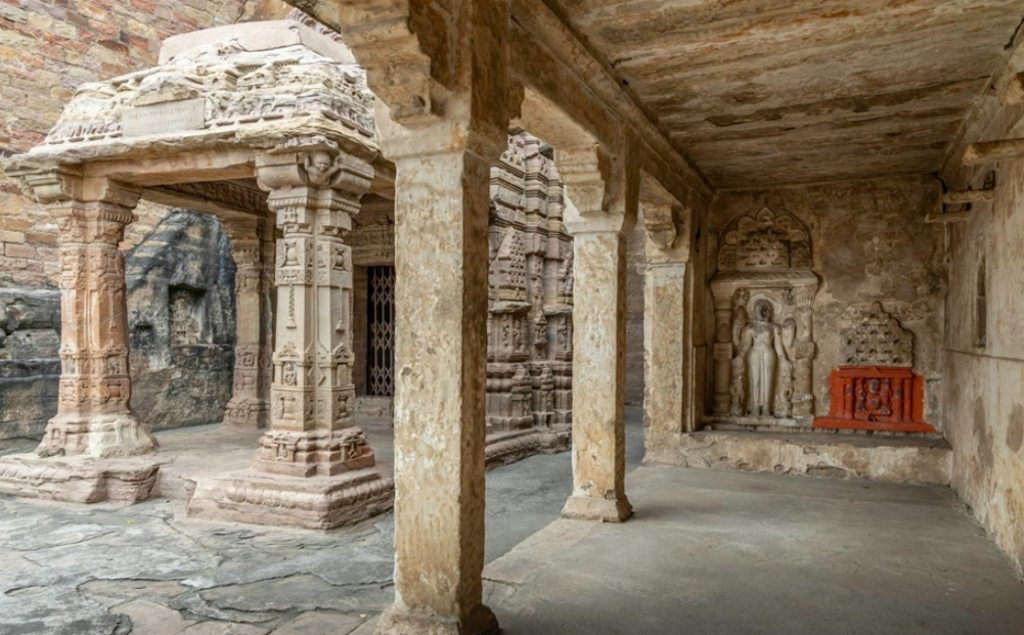
Chaturbhuj Temple entrance has a clssic style portico, supported by four stone pillars. On the right, the resting place also has a Lord Vishnu and a Lord Ganapati sculpture. The pillars of the resting mandap are fairly simple. But the main temple pillars have intricate carvings in Gurjara-Pratihara style. The exterior walls of the temple have elaborate carvings depicting various deities, mythological scenes, and motifs.
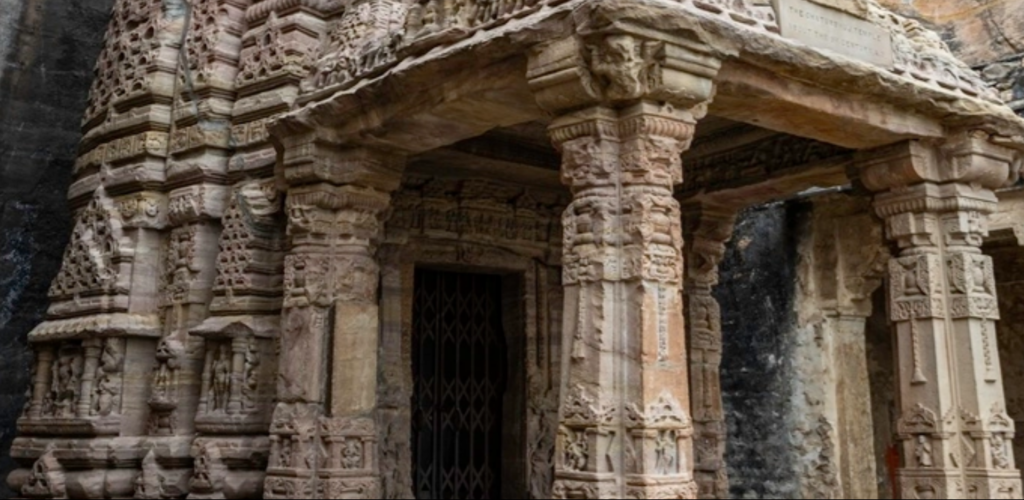
Gwalior Fort Chaturbhuja Temple features both secular and religious themes, depicting the artistic and cultural milieu of the period. The temple inscription praising Vishnu (Vaishnavism), then Shiva (Shaivism) and nine Durgas (Shaktism) elaborates religious diversity.
Chaturbhuja Temple Inscriptions
Chaturbhuja Temple has two inscriptions dated 875 and 876 CE. Undoubtedly, these inscriptions are among the oldest historical records of Gwalior region. One of the inscriptions describe Gwalior as a part of Kingdom of Kannauj.
Significance of the Historic Earliest Zero
The other Chaturbhuj Temple inscription consists of the ealiest record of zero in Gwalior region. The inscriptions records zero while describing the plantation of the temple garden stretching 187 hastas by 270 hastas. The number 270 containing zero is recognised as the earliest use of zero in Gwalior region.

Historically, Indian astronomer and mathematician Aryabhatta (476-550 CE) is credited for using zero in decimal system for the first time. But, Brahmagupta’s (598-668 CE) Brahmasphuṭasiddhānta is the first book that provides rules for arithmetic manipulations that apply zero. So, Gwalior Fort Chaturbhuja Temple inscription recording zero digit, is earliest within Gwalior region only, not in India.
